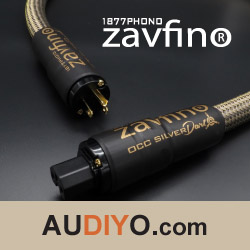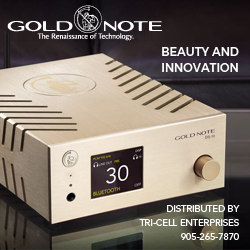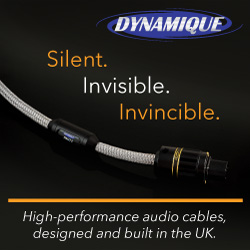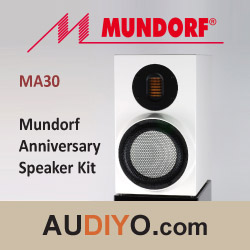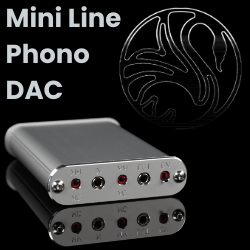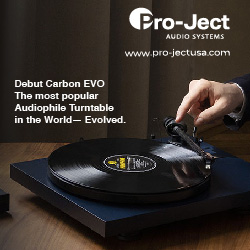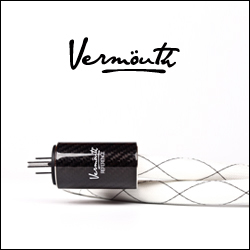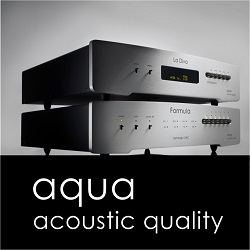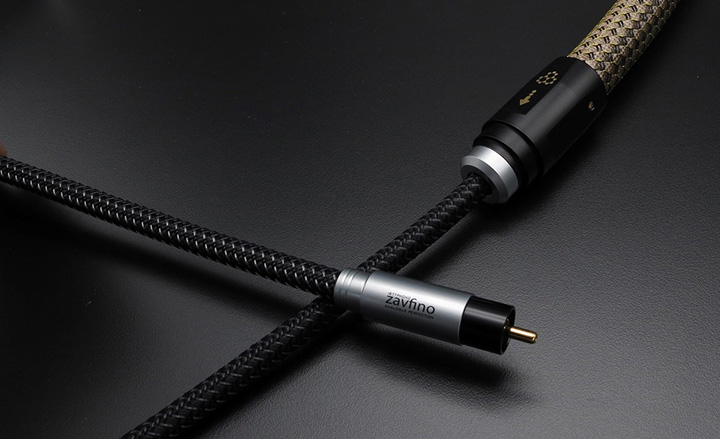
When thinking about bargains, the statement “hell hath no fury like a woman who misses a 50% off designer shoe sale” readily springs to mind. And just like disobedient dogs who so instinctively enjoy chewing on haute couture footwear, getting value for money on audio gear and cabling comes just as innately to drooling audiophiles.
In May 2017, I’d reviewed 1877-Phono’s Zavfino Silver Dart A/C power cords. Back then I’d concluded:
“In my audio systems, the Silver Dart consistently created a much deeper emotional connection with the music I love. Even on discs I’ve been listening to for decades, this AC cable unveiled layers of sound which I honestly didn’t know existed.”
When NOVO asked if I’d like to review Zavfino’s new Silver Dart interconnects (ICs) and speaker cables (SCs), I clutched my trembling bosoms in anticipation like Precious narcotically clinging to a vat of chocolate pudding.
Product Description:
Based out of Truro, Nova Scotia, Canada, 1877-Phono has been proudly offering cables, components, and accessories to OEMs and DIY’ers for almost 20 years. Zavfino is one of their registered brand names.
I was provided a 1.5m pair of 1877-Phono’s Silver Dart interconnects and a 3.0m pair of Silver Dart speaker cables to review. The ICs are directional and have a thicker middle section with a gorgeous snakeskin-bronze outer jacket that’s 16mm in diameter. On both ends, there are two thinner 8mm diameter lengths of cable terminated with RCA plugs.
My review pair of Silver Dart speaker cables sported the same opulent snakeskin-bronze outer jacket and was terminated with spades on one side and locking RCA banana plugs on the other. Their middle section is 1.25” in diameter and fairly stiff. The thinner ends make them easier to position and plug in though. Overall, the aesthetics and build quality of Zavfino’s Silver Dart ICs and SCs were both magnificent.
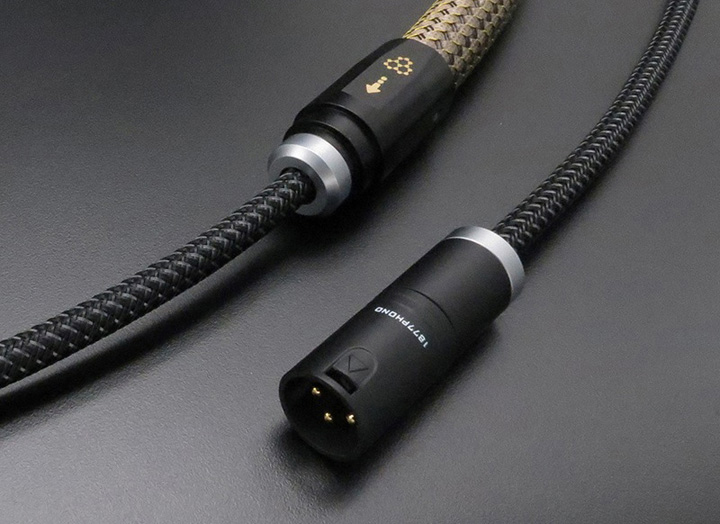
Proprietary Technologies:
The term “distortion” describes a wide range of destructive noises that degrade sound quality. Distortion creeps into audio systems from a home’s electrical supply, household appliances, and airborne sources such as cell phones and wi-fi systems. Distortion is ubiquitous. As such, we often don’t realize that it’s there until it’s gone because our brains selectively ‘tune it out’. A bit like when you run a ceiling fan at low speed, after a while its rotational whirring becomes background noise and you don’t consciously notice its low-level humming.
One of the major sources of noise within cables comes from Radio Frequency Interference (RFI). To counter RFI, most cable makers use metallic barriers (or braids) as insulators and terminate the cable at one or both ends to drain the noise away from the conductors. Connecting the braid to the plug requires that the braid be partially opened and twisted. Doing so reduces the efficacy of the screen, introduces mechanical distortion, and fails to reject RFI as effectively.
Graphene is an allotrope of carbon which, at the molecular level, forms a two dimensional hexagonal lattice in which one atom forms each vertex. It’s the basic structural element of various other allotropes, including graphite and charcoal. Graphene is the best conductor of electricity yet known. This physical quality is what makes it so valuable to audio applications.
Instead of only using a copper braid or a Mylar wrap as a dielectric shield, 1877-Phono extrudes a graphene polymer layer over a Mylar shield/drain to insulate the Silver Dart from EMI and RFI. This multi-layer construction ensures an airtight cover that’s wrapped tighter than an Austrian sausage casing.
The sonic characteristics of analogue cables are primarily determined by the quality of the dielectric insulation used to shield the conductors. If your cables attract RFI and EMI like Stormy Daniels attracts divorce attorneys, the pace, rhythm, and timing (PRaT) of music will be degraded. As well, imaging will lack precision and soundstaging will be noticeably compressed. The Dart’s graphene dielectric shield rejects EMI and RFI noise like a gold-digger workin’ in a peeler bar rejects broke-ass clients: you just ain’t gettin’ any.
An electrical anomaly known as the “skin effect” occurs when electrons move through any solid core wire. Higher frequencies travel along the outside (the skin) of the conductor faster than midrange and lower echelon frequencies. This results in hazy PRaT, muddled instrumental timbres, and an unnatural blurred sound. To negate the skin effect, 1877-Phono’s patented H-Wound Process twists thin silver stranded wire tightly around thicker central OCC copper solid-core conductors. They refer to this construction as a ‘cable within a cable’ and claim that it achieves “perfect pitch” and superior PRaT.
Most cables using OCC metals take hundreds of hours to burn-in. Zavfino cryo-treats and pre-burns all of their conductors before the insulation is extruded over the conductors. They claim that their patented Ultra Sonic 7 process creates a unique break-in effect that sounds like the cables have had 40 hours of current run through them.
One thing is clear: 1877-Phono has invested more R&D into their Silver Dart cables than Hilary Clinton sunk into her failed 2016 Presidential campaign. These ICs and SCs use a half-dozen new technologies which, in theory, should improve their sound quality. So… how do they sound?


